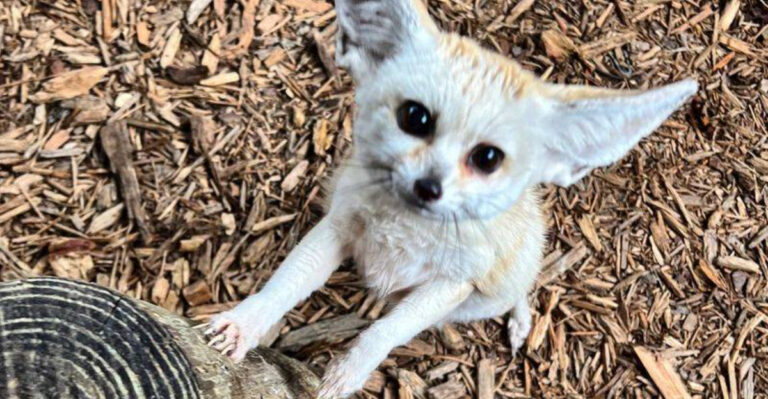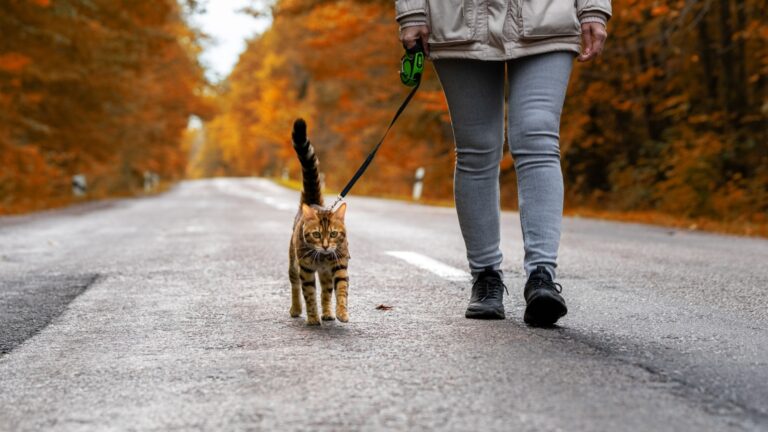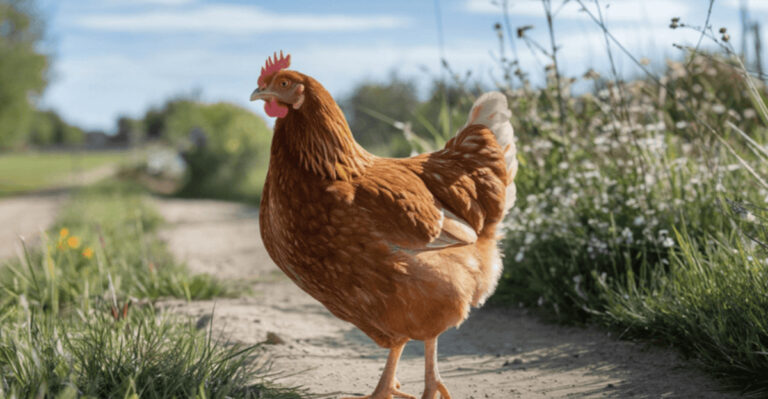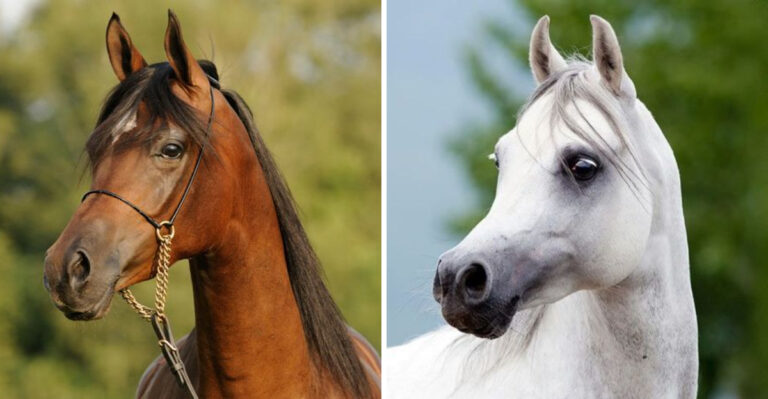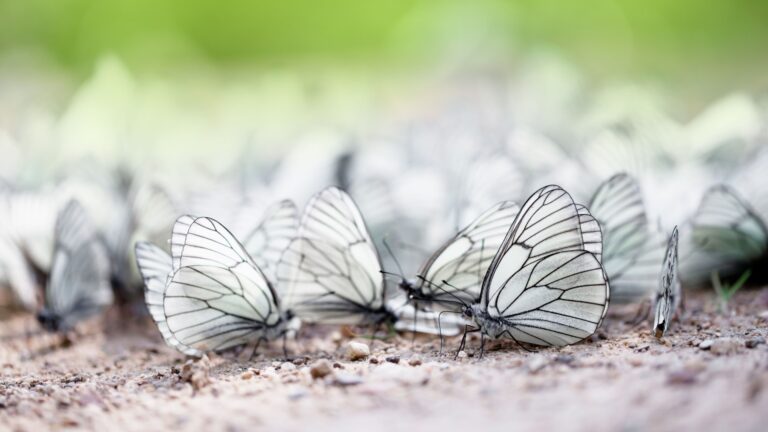9 Bird Conservation Success Stories To Restore Your Faith In Humanity
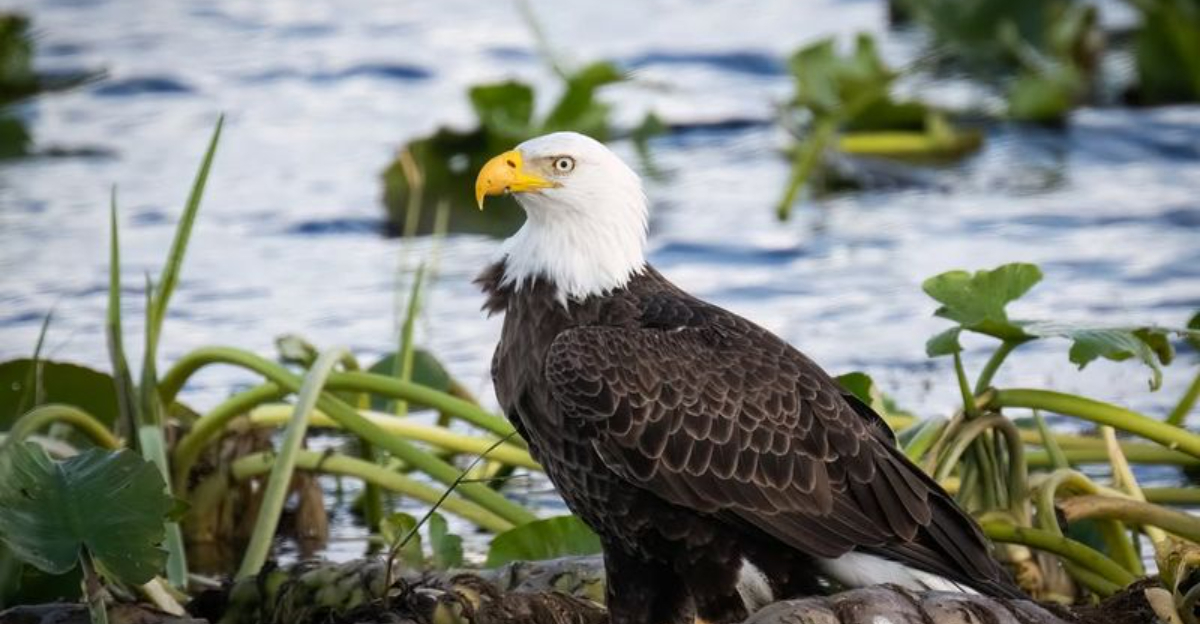
In a world constantly battling environmental challenges, stories of hope and success shine like beacons. Bird conservation efforts across the globe have seen remarkable triumphs, turning the tide for many species teetering on the brink of extinction.
Each of these stories showcases the dedication and perseverance of individuals and organizations committed to preserving our avian companions. These success stories not only uplift our spirits but also inspire continued efforts to safeguard the natural world.
1. The California Condor Comeback
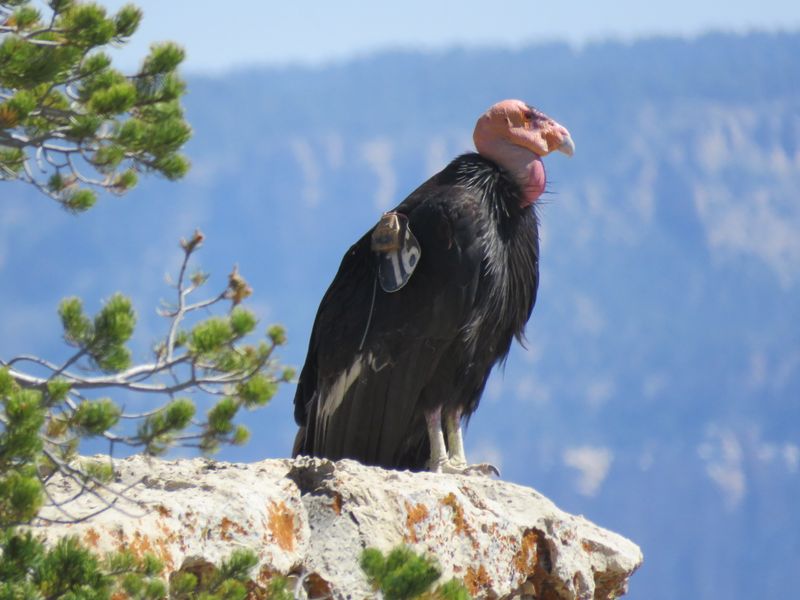
The recovery of the California Condor is a testament to human determination. In the 1980s, these birds faced imminent extinction, their numbers dwindling to a mere 27 individuals. Through captive breeding and tireless conservation work, their population has been revived to over 400 birds.
This incredible resurgence is largely attributed to dedicated biologists and volunteers who worked tirelessly to monitor and support these birds in the wild and captivity. The establishment of protected habitats and efforts to mitigate threats such as lead poisoning from bullets have been pivotal.
Today, California Condors can be seen soaring over their natural ranges once more, a sight that brings hope and joy to conservationists and bird enthusiasts alike. The ongoing commitment to these birds continues, illustrating how collaborative efforts can indeed reverse the course of extinction for even the most imperiled species.
2. The Bald Eagle’s Revival
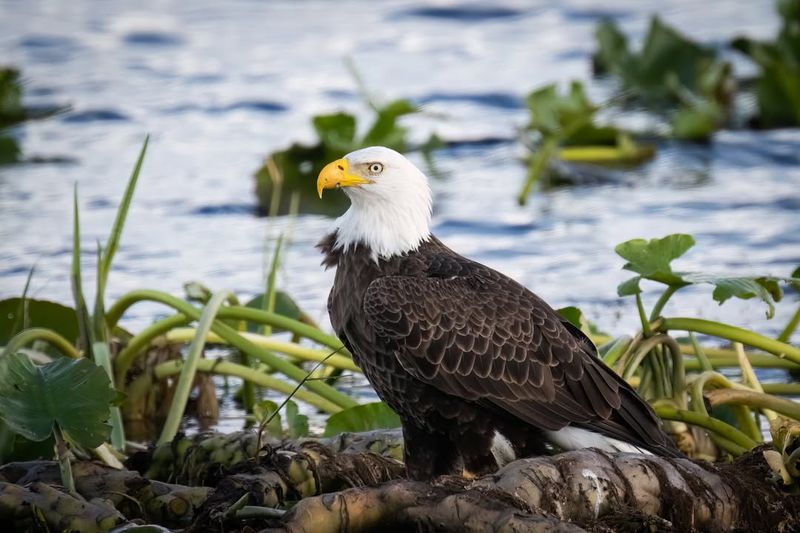
Once on the brink of extinction, the Bald Eagle’s story is one of remarkable rebirth. In the mid-20th century, these iconic birds were critically endangered, primarily due to the use of DDT, a pesticide that weakened their eggshells.
Thanks to legal protection and the banning of DDT, their numbers have soared once again. Conservationists worked tirelessly to monitor nests and safeguard habitats, ensuring these majestic birds could thrive in their natural environments without the threat of contamination.
The Bald Eagle, now a symbol of American strength and freedom, represents a powerful success story that highlights the impact of legislative action in wildlife conservation.
The sight of a Bald Eagle in the wild, with its piercing gaze and powerful wings, is a testament to what can be achieved when humanity rallies to protect its natural heritage. Their comeback story continues to inspire conservation efforts across the globe.
3. Saving The Kakapo Parrot
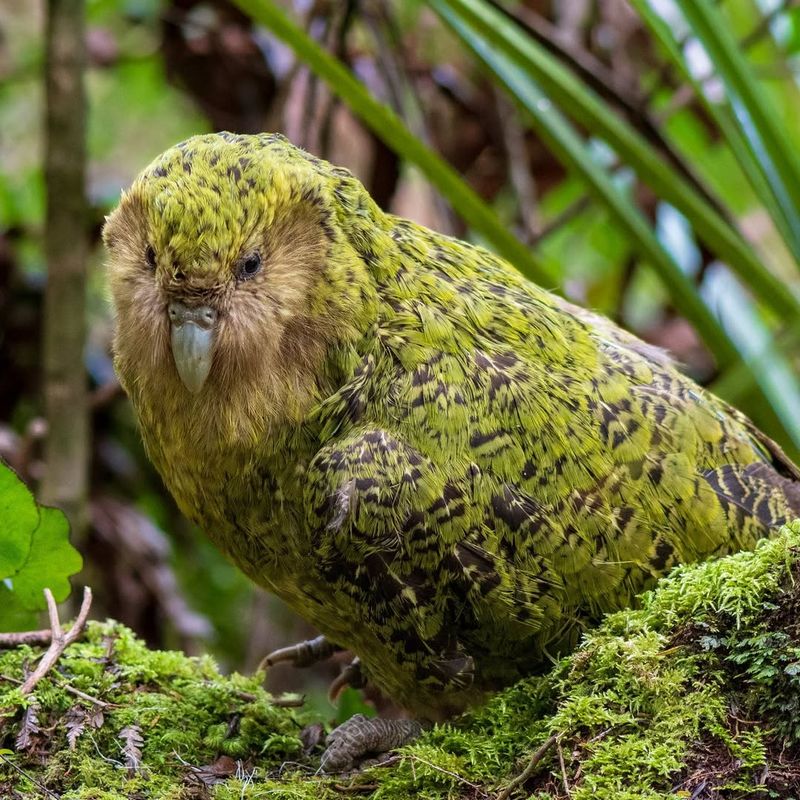
New Zealand’s Kakapo Parrot was once teetering on the abyss of extinction. With fewer than 50 individuals remaining in the 1990s, conservationists launched an all-hands-on-deck initiative to save this unique flightless parrot. The Kakapo Recovery Program, involving NGOs and local communities, has made significant strides.
Intensive management, such as supplementary feeding and nesting monitoring, has bolstered their numbers to over 200. The use of innovative techniques, like using trained dogs to safely locate the birds without disturbing them, has also been instrumental.
This nocturnal parrot, known for its owl-like face and endearing personality, is a symbol of hope and resilience. The Kakapo’s recovery is a reminder of the incredible impact that collaborative conservation can have on even the most critically endangered species.
4. Mauritius Kestrel’s Return
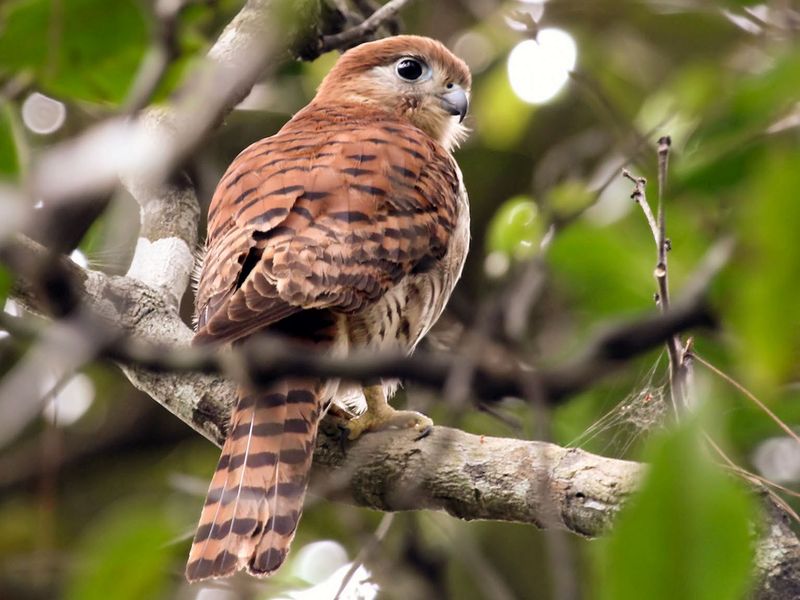
The Mauritius Kestrel, once considered the world’s rarest bird, faced near extinction in the 1970s with just four known individuals. Through dedicated conservation efforts, including captive breeding and habitat restoration, their numbers have rebounded to over 300.
The story of the Mauritius Kestrel is a remarkable example of how targeted, localized conservation can make a significant difference. Pioneering techniques in captive breeding and the release of young birds back into the wild were key strategies used by conservationists.
The success of the Mauritius Kestrel project not only saved a species but also set a precedent for similar conservation efforts worldwide. This agile bird’s graceful flight over the island is a heartening reminder of the power of perseverance and innovation in preserving our planet’s rich biodiversity.
5. The Spectacular Return Of The Northern Mockingbird
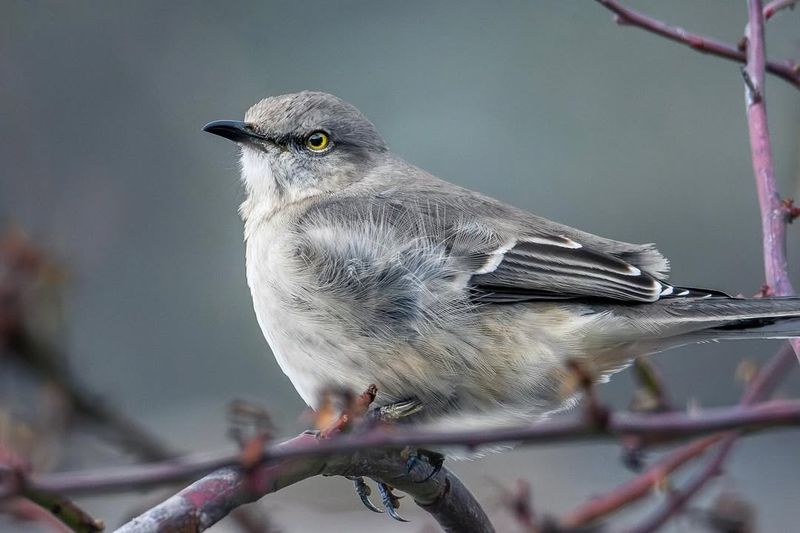
The Northern Mockingbird, once facing habitat loss and decline, has made a striking recovery. These birds, known for their impressive vocal mimicry, were aided by conservation efforts focused on urban habitat preservation and public awareness.
By encouraging the planting of native trees and shrubs in suburban areas, communities helped create suitable environments for these birds to thrive. The Northern Mockingbird’s adaptability to modified landscapes has enabled it to flourish once more, singing its varied repertoire from treetops across North America.
This bird’s resurgence is a testament to the impact of local action in conservation. The familiar melody of the Northern Mockingbird is more than just a beautiful sound; it symbolizes the successful integration of wildlife and human environments, offering a harmonious coexistence and a blueprint for future conservation initiatives.
6. Rescuing The Albatross
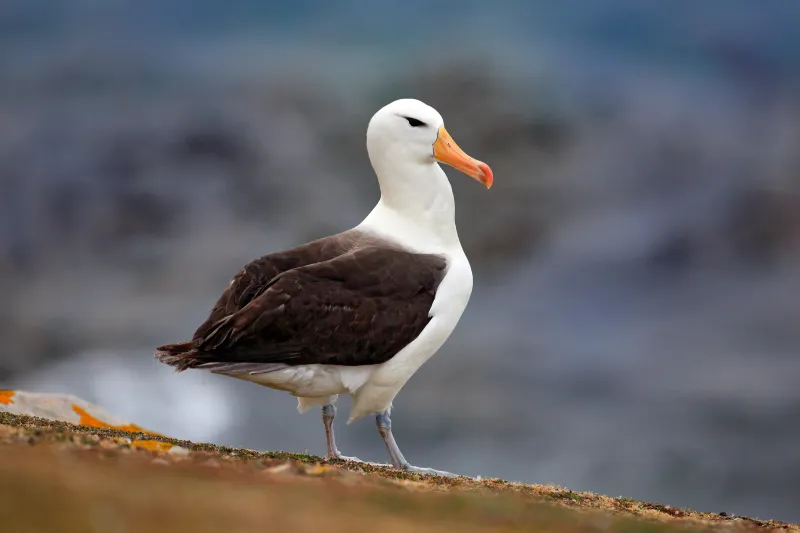
Albatrosses, known for their incredible wingspans and oceanic journeys, faced severe threats from longline fishing practices. Conservationists have fought hard to implement bird-friendly fishing techniques, such as weighted lines and bird-scaring lines, to drastically reduce bycatch.
Public awareness campaigns and international cooperation have been crucial in implementing these changes. The efforts have been instrumental in seeing some Albatross populations stabilize and even increase.
The sight of an Albatross effortlessly gliding over the waves is a powerful reminder of the importance of sustainable practices in preserving our planet’s biodiversity. These ocean wanderers continue to inspire efforts to protect not only their species but also the broader marine environment they call home.
7. The Triumphant Story Of The Red-Cockaded Woodpecker
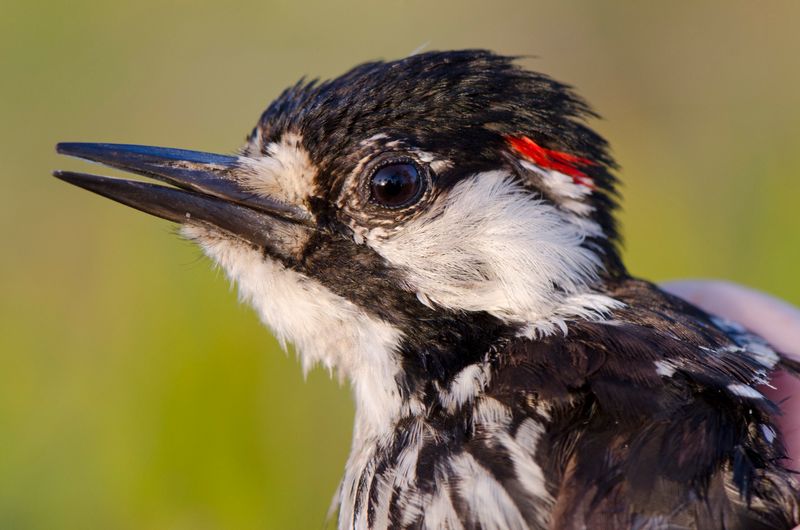
The Red-Cockaded Woodpecker, native to the southeastern United States, faced severe habitat loss due to deforestation. Conservationists implemented a unique strategy of artificial nest cavities to encourage population growth and restore these critical habitats.
Through partnerships with private landowners and government agencies, efforts were made to protect and manage the longleaf pine ecosystems these birds depend upon. The population of Red-Cockaded Woodpeckers has seen a steady increase due to these collective efforts.
This woodpecker’s story is a shining example of how innovative conservation solutions and community involvement can lead to the revival of a species. The persistent tapping of these woodpeckers in the forest is a hopeful sound, symbolizing the positive impact of human intervention on avian survival.
8. The Remarkable Recovery Of The Whooping Crane
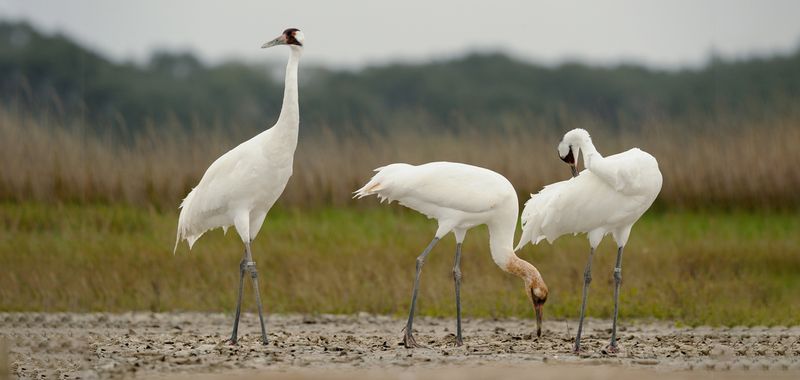
The Whooping Crane, with its striking appearance and impressive stature, was once on the verge of extinction. In the 1940s, their population was reduced to a mere 21 individuals. Thanks to captive breeding programs and habitat conservation efforts, their numbers have increased to over 800.
Conservationists have employed innovative techniques such as using ultralight aircraft to teach migration routes to young cranes, ensuring their survival in the wild. This hands-on approach has been pivotal in reestablishing migratory traditions.
The Whooping Crane’s extraordinary recovery is a beacon of hope in bird conservation, highlighting the potential of technology and human dedication in saving a species. Their graceful presence in wetlands across North America is a testament to what can be achieved when we commit to protecting our natural world.
9. The Inspiring Tale Of The Echo Parakeet
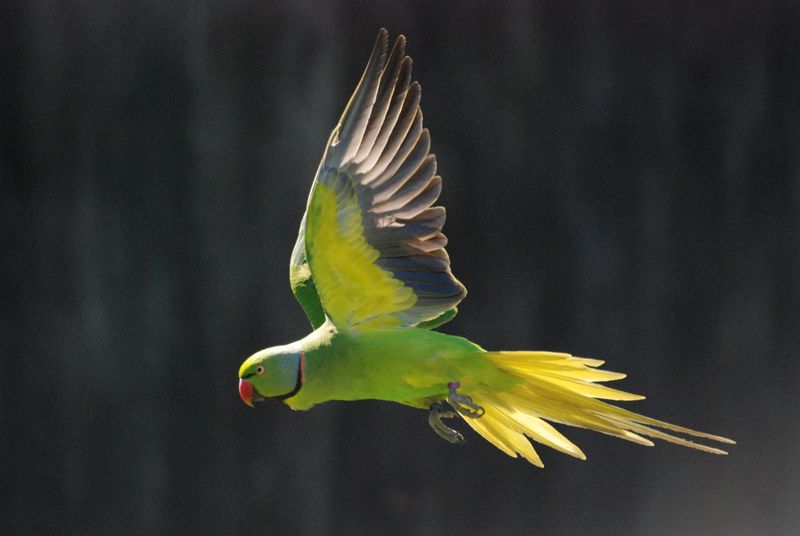
The Echo Parakeet, native to Mauritius, was once listed as one of the world’s rarest parrots. Intensive conservation efforts focused on habitat restoration and predator control have led to a remarkable population recovery.
By fostering captive breeding programs and reintroducing these birds into the wild, their numbers have risen from just 12 individuals to over 800 today. The collaborative efforts of local communities, scientists, and conservation organizations have been instrumental in this success.
The vibrant plumage of the Echo Parakeet now graces the forests of Mauritius, a symbol of perseverance and the power of human intervention in reversing the plight of endangered species. Its story is a vivid reminder of the positive impact that dedicated conservation work can have on preserving our planet’s avian diversity.

